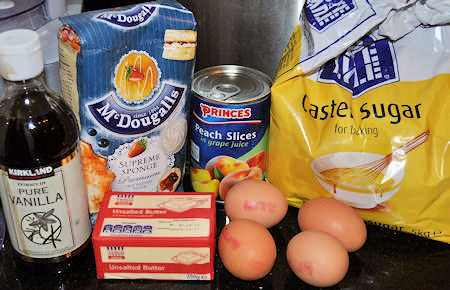The shelf life of food is very important, but it’s even more important that we actually know what the different terms actually mean.
When we deal with fresh foods like meat, fish and poultry, we really need to look at the processes and our handling of it when we get it home. Vegetables are a very visual purchase and we even tend to overlook tins and jars far too often.
The thing we usually struggle with is how to store foods at home and how long we should keep them for.
Source
Where you get your food is a major concern. The freshest possible is the best bet, and with the scare from the horse meat crisis, a visit to your local butcher and greengrocer if you have one is a good way to go forward.
Remember that supermarkets may have your food stored in boxes or lorries for days before they go out onto the shelves. You have to decide what is most important to you as a purchase.
How does it look?
It might sound silly to say look at the products before you buy. I know that in the past, I’ve been guilty of sometimes just picking something up with a short glance and throwing it in my trolley. I’m more aware of what to look for now, and I expect better quality.
Leave bashed tins jars and cartons on the shelves. If it’s not in fabulous condition, you shouldn’t take it home. Any damage on the outside could have caused damage to the food inside.
Buying from an independent means there is more traceability in fresh food and although there may be less choice in fruit and vegetables, you would at least know where all your food is coming from.
Independents might well have the great tasting, but irregular looking fruit. I remember well the pound boxes of strawberries I used to buy as a teenager on the way home from school. Strawberries never taste like that from the supermarkets as they look perfect, they’re all matching sizes and colours which seems to be a the expense of the taste.
Taking food home.
A friend I know goes shopping in an afternoon, then waits for half an hour top pick up her kids from school and heads over to swimming before going home. The food in her boot will be fine in the winter, but I often wonder just how many sore bellies they all have in the warmer months.
Go straight home with foods that need stored in the fridge or freezer and put them in to chill as soon as you get home.
Keeping food at home.
It’s not easy for me to say how to store any one kind of food. There are different times and ways to keep different things. I keep my flour in the freezer and friends keep theirs in the kitchen cupboard. I once ended up with flour weevils when I was 19, and I have no intention of ever having to do so again.
Fresh meat can usually be kept in the fridge for about 5 days before being cooke. Once it’s cooked, you have around 2 – 3 days to eat it safely unless you freeze your cooked dishes.
Fish is much more difficult to keep on top of. Like poultry, it needs to be cooked quite quickly after being bought, but will keep better once it has been cooked for up to 4 days.
I usually keep rice for only a day or two after being cooked so I was surprised to read that it was ok to eat up to 7 days after cooking. I don’t think I would take that risk.
Tinned, packets and jars of food can happily live in the store cupboard, but once they are open, they need to be treated in the same way as their fresh cousins.
Expiry Sell By and Use By Dates
Expiry dates are really for things like packets, jars and tins, where it might say “best before”. It means that foods can be used past that date, but the quality could well be reduced.
Use by dates tend to be used more for fresh foods and they are saying the exact date that the food should be eaten or cooked by. To leave food longer than the use by date is taking a risk with food poisoning or spoiling.
Sell by dates only indicate where the consumer should purchase food by. It isn’t the same as the use by date as a product could contain both a sell by and a use by date.
